By | July 13, 2017 07:02am ET
-

Credit: NASA/JPL/Space Science Institute
Mysteries of Saturn
Saturn’s ringed world has attracted attention ever since humans first looked at the sky. The rings became visible to humans more than 400 years ago , and scientists finally got a close-up look at the planet when the Pioneer and Voyager spacecraft swung by the planet in the 1970s and 1980s.Now, NASA and the European Space Agency have an orbiting spacecraft called Cassini at Saturn. Cassini has been there since 2004 and will last until September 2017, when a planned maneuver will plunge it deep into Saturn’s atmosphere. Here are some of the lingering mysteries at Saturn, according to Cassini deputy project scientist Scott Edgington, who is based at NASA’s Jet Propulsion Laboratory in Pasadena, California. [As Cassini Makes 1st ‘Grand Finale’ Dive, More Saturn Mysteries Remain ]
-

Credit: NASA/JPL-Caltech/Space Science Institute
What is the helium-to-hydrogen ratio of Saturn’s atmosphere?
Helium and hydrogen are the two most abundant elements in the universe, and also in our own solar system. These are the elements that principally make up our sun as well as the largest gas giant planets: Jupiter and Saturn. Precisely narrowing down the ratio of helium to hydrogen helps scientists understand what the inside of each planet looks like, and how they came to be.In 2006, a group of scientists led by Daniel Gautier of the Paris Observatory noted that 1980s measurements by the Voyager spacecraft didn’t make much sense. The helium-to-hydrogen ratio of 0.034 “is difficult to reconcile with plausible theories of the evolution of the planet,” an abstract by the team said . At the time, Gautier’s group performed several radio occultation measurements near the equator but received different results. As of mid-2017, the precise ratio is still not known.
-

Credit: NASA/JPL/Space Science Institute
What is the rotation rate for the interior of Saturn?
After more than a decade, Cassini still hasn’t closed in on one of Saturn’s fundamental properties: how long a day is in its interior (how long it takes to rotate all the way around). At first, scientists thought they could determine that length based on radio waves emitted by the planet, as they did at Jupiter. Jupiter sends out radio waves that sync with the planet’s rotation, but Saturn’s emission, called Saturn kilometric radiation, does not do the same thing.“Variation in radio waves controlled by the planet’s rotation is different in the northern and southern hemispheres,” NASA wrote in 2014 . “The northern and southern rotational variations also appear to change with the Saturnian seasons, and the hemispheres have actually swapped rates.”
In 2011, NASA said the variations in radio-wave periods likely came from changes in high-altitude winds in both hemispheres . But it’s still not known how long a day is on Saturn.
-

Credit: NASA/JPL/Space Science Institute
What does the gravity field reveal about the winds, composition, and phase changes of the interior?
The state of Saturn’s interior remains a mystery, which makes the length-of-day measurement difficult to obtain. In 2007, research led by the University of California’s John Anderson and published in the journal Science combined gravitational data with Pioneer and Voyager radio occultation and wind data.That paper suggested a rotation period of 10 hours, 32 minutes and 35 seconds, which would imply that Saturn’s interior has a “molecular to metallic hydrogen transition about halfway to the planet’s center,” the paper stated .” Since then, however, scientists have found that Saturn’s wind speed changes between measurements, making it harder to predict the composition of the interior. A newer direction of research suggests using Saturn’s gravity field to learn more about the planet’s insides, but this is a work in progress. [NASA’s Epic Cassini Mission to Saturn Gets Awesome Video Treatment ]
In this photo, three very different moons provide targets of great interest for planetary scientists who are studying the Saturn system. Captured here by Cassini are Tethys at upper right, Enceladus below center and Janus at lower left, along with the planet’s rings.
-

Credit: NASA/JPL-Caltech/Space Science Institute
What drives the hurricane-like vortices at each of Saturn’s poles?
From the time Cassini arrived at Saturn, scientists saw a strange hexagon feature around the north pole that is double the size of Earth . At first, scientists could not see what was at the center of the hexagon because the pole was in winter darkness. In 2013, however, scientists got visible-light views of a hurricane inside the hexagon. While hurricanes on Earth form over the ocean, there is no ocean under the Saturn storm.“Scientists will be studying the hurricane to gain insight into hurricanes on Earth, which feed off warm ocean water,” NASA scientists wrote in 2013 . “Although there is no body of water close to these clouds high in Saturn’s atmosphere, learning how these Saturnian storms use water vapor could tell scientists more about how terrestrial hurricanes are generated and sustained.”
-

Credit: NASA/JPL-Caltech/Space Science Institute
How deep do Saturn lightning storms reach, and are they powerful enough to drive Saturn’s climate?
Particularly when a massive storm engulfed the northern hemisphere in 2010 and 2011, scientists saw lightning strikes on Saturn. Scientists were surprised to see lightning flashing during the day (as well as at night), which showed just how strong the storms were — that the lightning was intense enough to see by day. One pictured flash was roughly as strong as the strongest lightning blasts on Earth. Scientists are using this kind of information to figure out where the lightning came from, although it’s unclear what changes this produces in Saturn’s climate overall.“The flash is approximately 100 miles (200 kilometers) in diameter when it exits the tops of the clouds,” NASA wrote in 2012 . “From this, scientists deduce that the lightning bolts originate in the clouds deeper down in Saturn’s atmosphere where water droplets freeze. This is analogous to where lightning is created in Earth’s atmosphere.”
-

Credit: NASA/JPL-Caltech/Space Science Institute
How soon will the atmosphere at the location of the 2010-2011 storm return to normal?
Echoes of a huge storm on Saturn are still reverberating. In 2010 to 2011, scientists tracked a huge storm that (in NASA scientists’ words ) ended up “wreaking havoc for months” and “shooting plumes of gas high into the planet’s atmosphere.”Only six storms of this type have been seen since 1876, and scientists were lucky to catch this one , as the previous storm occurred more than two decades ago, in 1990. In 2011, Cassini measurements in the infrared –— the first ever performed by an orbiting spacecraft — helped scientists learn more about Saturn’s interior environment. But because these storms have never been studied so closely, it’s unclear when the atmosphere will return to normal levels, or what’s driving the mechanism.
-

Credit: NASA/JPL/ASI/University of Arizona/University of Leicester
How is energy from Saturn’s auroras redistributed from the poles toward the equator, and can it explain elevated temperatures in part of the planet’s atmosphere?
Sometimes, it takes multiple spacecraft to get a full picture of what’s going on at Saturn. Multiple sources were needed to get a handle on the ringed planet’s auroras : In 2014, NASA released images taken from data from Cassini (in infrared, visible light and ultraviolet) as well as the Earth-orbiting Hubble Space Telescope (in ultraviolet wavelengths) that lent insight into how the auroras change over time.Scientists were able to capture these images with a resolution down to about a few hundred miles, NASA wrote at the time , and “tied the changes in the auroras to the fluctuating wind of charged particles blowing off the sun and flowing past Saturn.” But they are still trying to learn where the auroral energy goes afterward, and if auroras could show why the thermosphere (an area of the atmosphere just below the tenuous exosphere) has a higher temperature than expected, given Saturn’s distance from the sun and supposed interior composition.
Cassini will make its “Grand Finale” dive into Saturn’s atmosphere Sept. 15 — getting our closest-ever look into what goes on in the planet’s gravity, magnetic field and atmosphere.
Follow Elizabeth Howell @howellspace , or Space.com @Spacedotcom . We’re also on Facebook and Google+ .
of 9
of 9
of 9
of 9
of 9
of 9
of 9
of 9
of 9
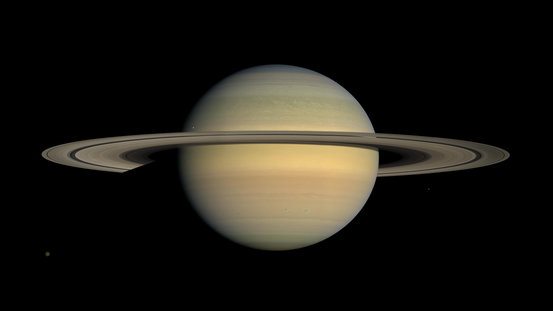
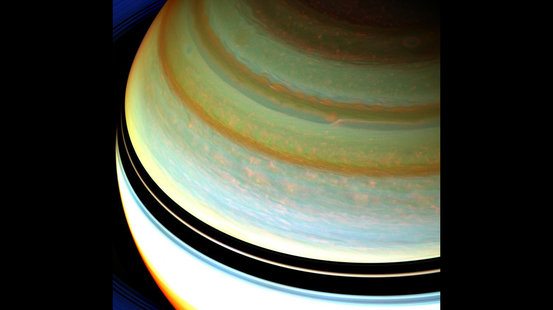
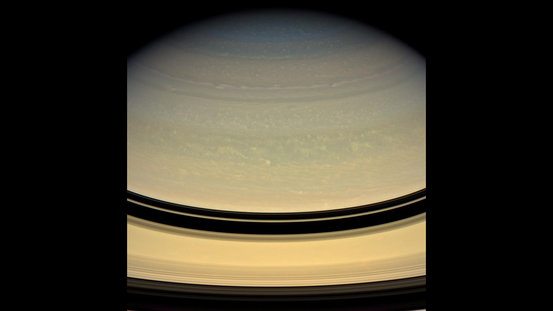
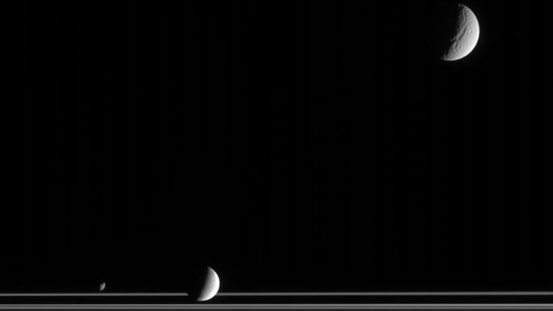
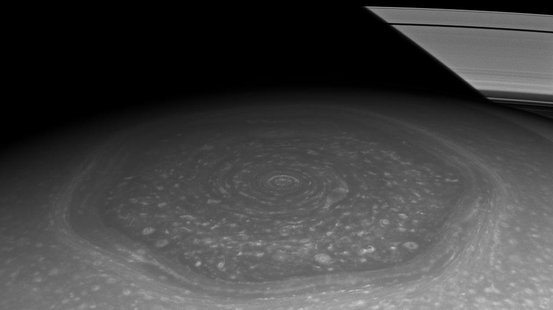
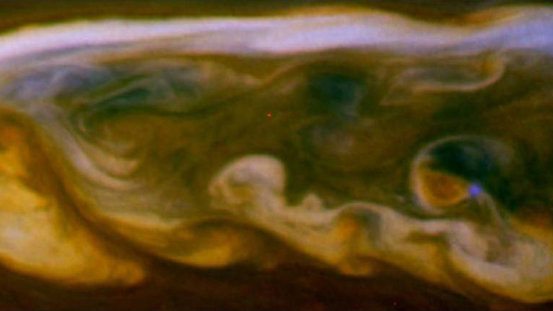
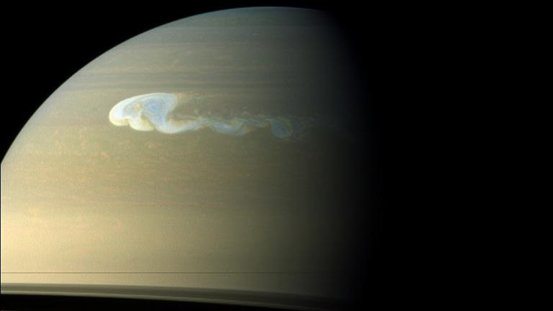
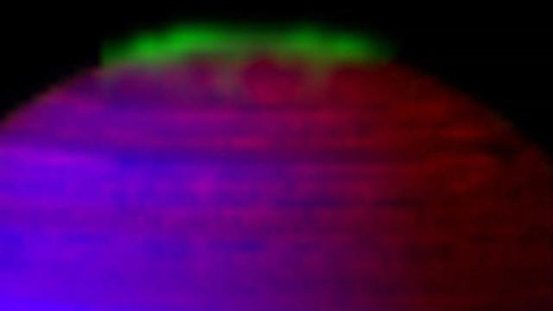
Comments are closed.